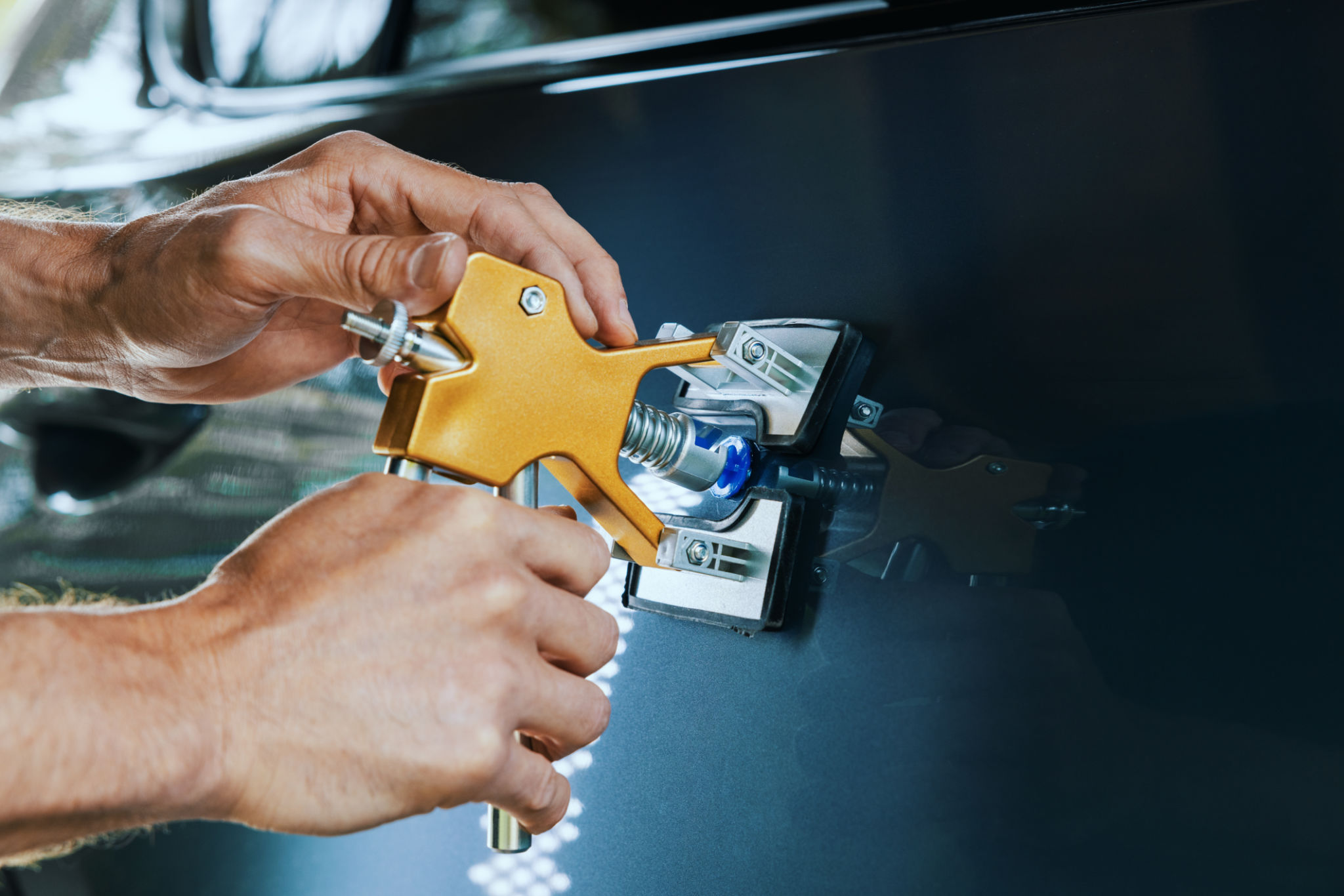Is Paintless Dent Repair Environmentally Friendly? Exploring the Benefits
Understanding Paintless Dent Repair
In recent years, paintless dent repair (PDR) has gained popularity as a preferred method for fixing minor dents and dings in vehicles. But many people wonder, is it truly environmentally friendly? In this blog post, we will explore the benefits of PDR and assess its impact on the environment.

The Traditional Repair Method vs. Paintless Dent Repair
Traditional dent repair methods typically involve sanding, filling, and repainting the damaged area. This process uses several chemical-laden products such as fillers and paints, which can release harmful volatile organic compounds (VOCs) into the atmosphere. Additionally, the energy consumption and waste generated by these methods contribute to environmental degradation.
In contrast, PDR is a technique that involves using specialized tools to gently massage the dent out from the inside of the panel without disturbing the original paintwork. This method eliminates the need for toxic chemicals, making it a much more environmentally friendly option.
Benefits of Paintless Dent Repair
PDR offers several advantages that extend beyond environmental considerations. Here are some notable benefits:
- Cost-Effective: Since PDR requires fewer materials and less labor, it is generally more affordable than traditional repairs.
- Time-Saving: The process is quicker, often taking only a few hours compared to days for conventional methods.
- Maintains Vehicle Value: By preserving the original paintwork, PDR helps maintain the vehicle's resale value.

Environmental Impact of Paintless Dent Repair
One of the most significant benefits of PDR is its minimal environmental impact. By avoiding the use of paints and fillers, PDR reduces the release of VOCs and other harmful substances into the air. This practice also minimizes the potential for water pollution caused by runoff from automotive paints and chemicals.
Moreover, PDR generates less waste. Traditional methods often result in leftover paint cans, sanding dust, and other debris that contribute to landfill waste. PDR requires fewer consumables, which translates to less trash and a smaller carbon footprint.
Supporting Sustainable Practices
By choosing PDR over traditional repair methods, consumers can contribute to a more sustainable future. This eco-friendly approach aligns with the growing trend towards sustainable practices in the automotive industry. As more people become aware of their environmental footprint, opting for PDR can be a simple yet effective way to make a positive impact.

Conclusion
In conclusion, paintless dent repair is not only an effective solution for repairing minor vehicle damage but also an environmentally conscious choice. Its benefits, including reduced waste, lower emissions, and cost savings, make it an appealing option for both consumers and the planet. As we continue to embrace sustainable practices, PDR stands out as a method that aligns with our environmental goals.
